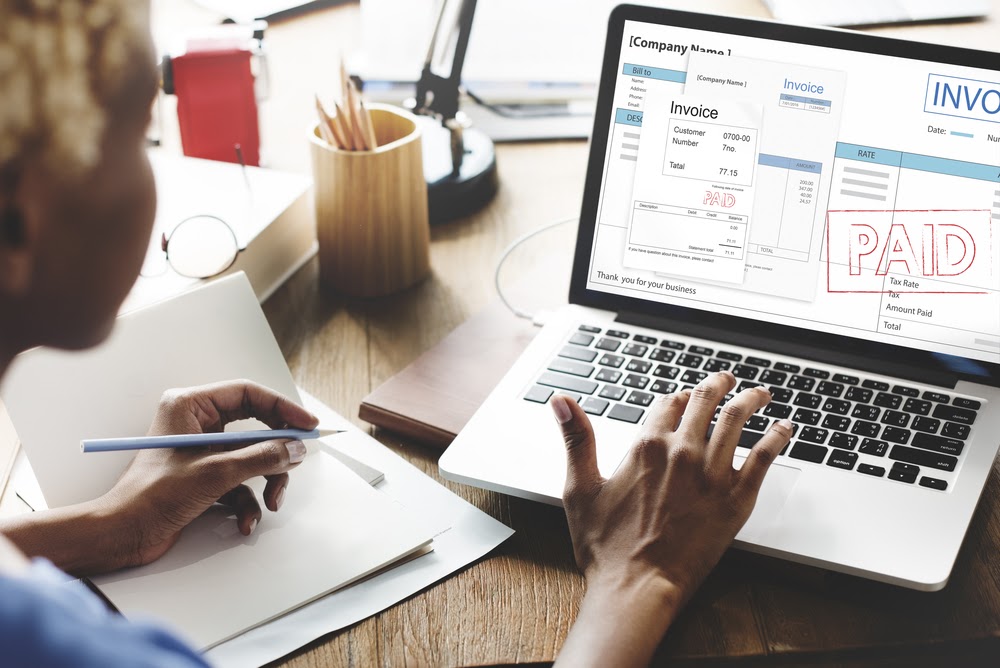4. Negotiate Better Merchant Processing Fee Rates.
There are typically a lot of extras in these banking costs. Learn what they are. If the fees are too high, go out and shop for a lower rate since many alternatives are now available. If the bulk of your payments are credit card transactions, you’re probably paying hundreds of dollars in transaction fees to your merchant card processor for the privilege. But did you know these fees are sometimes negotiable? If your number of transactions has increased, you may be able to leverage that fact to get a lower percentage per transaction fee. Also, pay attention to your itemised monthly statement to ensure you’re not being charged for, say, a credit card terminal you’re not using. And if you can process your transactions online or using a mobile device, it may be cheaper than using a terminal.
Many merchants think of card payment processing—and its associated costs and risks—as a necessary evil of doing business. Customers expect the option of paying with credit and debit cards, but this convenience requires a great deal of risk and expense for business owners.
From interchange fees to chargebacks to cross-border expenses, merchants pay for every transaction they process. Small business owners also have to worry about fraud. Small and medium-sized businesses are the biggest targets for cyber attackers, and the consequences are serious.
A major expense for many businesses is the cost of processing transactions and keeping those transactions secure. Good security protections are an absolute necessity, and they are always changing. A payment processor will save you time and money by managing all these challenges for you.
Small business owners also pay fees for their POS systems, but are you paying for old technology? Modern POS are web-based programs and easy to install and run on machines as small as an iPad. Since the program is hosted on the cloud, you don’t typically have to worry about updating your system. When the software company releases an update, that update automatically downloads onto your POS system.
A modern POS can also help your business run more efficiently. Touchscreen monitors, especially those on mobile devices, allow people to check out faster. This can allow customers to avoid the checkout line entirely and instead pay right in the store aisles. With today’s POS systems, employees don’t have to manually enter nearly as much information as they once did. A few taps on the screen processes the transaction, eliminating the possibility of costly data-entry errors.
Lastly, a POS system can save money by delivering real-time reports about the state of your business. Everything from sales sheets to inventory to employee hours can be managed quickly and efficiently from your POS dashboard.
















